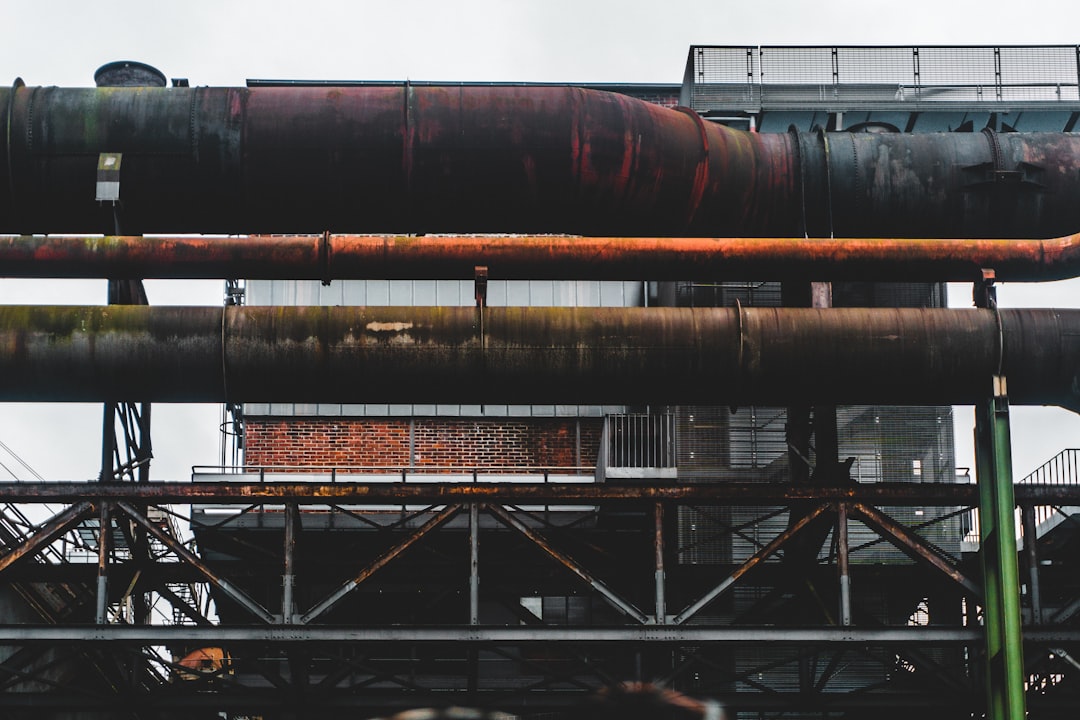Steel pipes are fundamental components in shipbuilding, forming the arteries of a vessel, carrying vital fluids, gases, and supporting critical structural elements. Their selection and implementation are crucial for the safety, efficiency, and longevity of any ship. This comprehensive guide explores the multifaceted world of steel pipes in shipbuilding, delving into their various types, applications, and the importance of quality control.
1. Types of Steel Pipes Used in Shipbuilding
The shipbuilding industry utilizes a range of steel pipes, each chosen based on specific application requirements. These include:
- Carbon Steel Pipes: The most common type, offering a good balance of strength, weldability, and cost-effectiveness. They are frequently used for general-purpose applications, such as fluid conveyance and structural support.
- Alloy Steel Pipes: Used in high-stress environments or where corrosion resistance is paramount. Alloy steels, containing elements like chromium, molybdenum, and nickel, offer enhanced strength, toughness, and resistance to high temperatures and corrosive substances. They’re often found in high-pressure systems and critical structural components.
- Stainless Steel Pipes: Essential where corrosion resistance is crucial, particularly in seawater environments. They are resistant to rust and degradation, making them ideal for piping systems handling seawater, chemicals, or waste. Different grades of stainless steel offer varying levels of corrosion resistance and strength.
- Welded Pipes: Manufactured by welding a steel strip into a cylindrical shape. Cost-effective for larger diameter pipes, but require rigorous quality control to ensure weld integrity.
- Seamless Pipes: Produced from a single piece of steel, offering superior strength and resistance to internal pressure. Primarily used in high-pressure systems and critical applications where leak-free performance is essential.
2. Applications of Steel Pipes in Ship Construction
Steel pipes are ubiquitous throughout a vessel, serving a wide array of functions:
- Fluid Transfer Systems: Carrying fuel, water, lubricants, and other essential fluids throughout the ship. The choice of pipe material depends on the fluid’s properties and the operating pressures.
- Fire Protection Systems: Critical for safety, these systems use steel pipes to distribute water or fire-suppressing agents throughout the vessel.
- Hydraulic and Pneumatic Systems: Powering various shipboard systems, from steering mechanisms to cargo handling equipment. High-strength and corrosion-resistant pipes are crucial for these applications.
- Ballast Water Management Systems: Essential for maintaining ship stability, these systems require robust pipes capable of handling large volumes of water.
- Structural Support: Steel pipes are incorporated into the ship’s framework, providing structural support and reinforcement in various sections.
- Exhaust Systems: Carrying exhaust gases from engines to the atmosphere, requiring pipes capable of withstanding high temperatures and corrosion.
3. Steel Pipe Specifications and Standards in Shipbuilding
Adherence to stringent specifications and standards is paramount in shipbuilding. International standards like ISO, ASME, and national standards ensure the quality and reliability of steel pipes used in maritime construction. These specifications cover aspects such as:
- Material Grade: Defining the chemical composition and mechanical properties of the steel.
- Pipe Dimensions: Including outer diameter, wall thickness, and length.
- Manufacturing Processes: Specifying the manufacturing techniques used, such as seamless or welded.
- Testing and Inspection: Outlining the necessary tests to ensure quality and compliance, including pressure testing, ultrasonic testing, and visual inspection.
- Surface Finish: Defining the acceptable surface roughness and coatings to prevent corrosion.
4. Quality Control and Assurance for Steel Pipes in Shipbuilding
Maintaining the highest quality standards is non-negotiable in shipbuilding. Rigorous quality control measures are implemented throughout the entire process, from raw material selection to final installation. These include:
- Material Traceability: Ensuring the origin and properties of the steel used are fully documented.
- Non-Destructive Testing (NDT): Employing techniques like ultrasonic testing and radiographic testing to detect internal flaws without damaging the pipe.
- Hydrostatic Testing: Subjecting pipes to high internal pressure to verify their strength and integrity.
- Visual Inspection: Carefully examining pipes for surface imperfections, such as cracks, dents, or corrosion.
- Third-Party Inspection: Independent verification by qualified inspectors to ensure compliance with standards and specifications.
5. Future Trends in Steel Pipes for Shipbuilding
The shipbuilding industry is constantly evolving, and so too are the demands on steel pipes. Future trends include:
- Advanced Materials: Research into high-strength, lightweight steels and innovative alloys to improve fuel efficiency and reduce environmental impact.
- Improved Corrosion Resistance: Development of new coatings and surface treatments to enhance the lifespan of steel pipes in harsh marine environments.
- Digitalization and Automation: Utilizing advanced technologies for improved quality control, predictive maintenance, and optimized pipe selection and installation.
- Sustainable Practices: Increasing focus on using recycled steel and implementing environmentally friendly manufacturing processes.
- Lightweighting Solutions: Exploring innovative designs and materials to reduce the overall weight of the piping systems, leading to improved fuel efficiency and reduced emissions.
In conclusion, steel pipes are critical components in shipbuilding, impacting the safety, performance, and longevity of vessels. Understanding the various types, applications, and quality control measures is crucial for ensuring the successful construction and operation of ships.
Tags: Steel pipes, shipbuilding, marine construction, steel pipe standards, corrosion resistance, maritime industry




